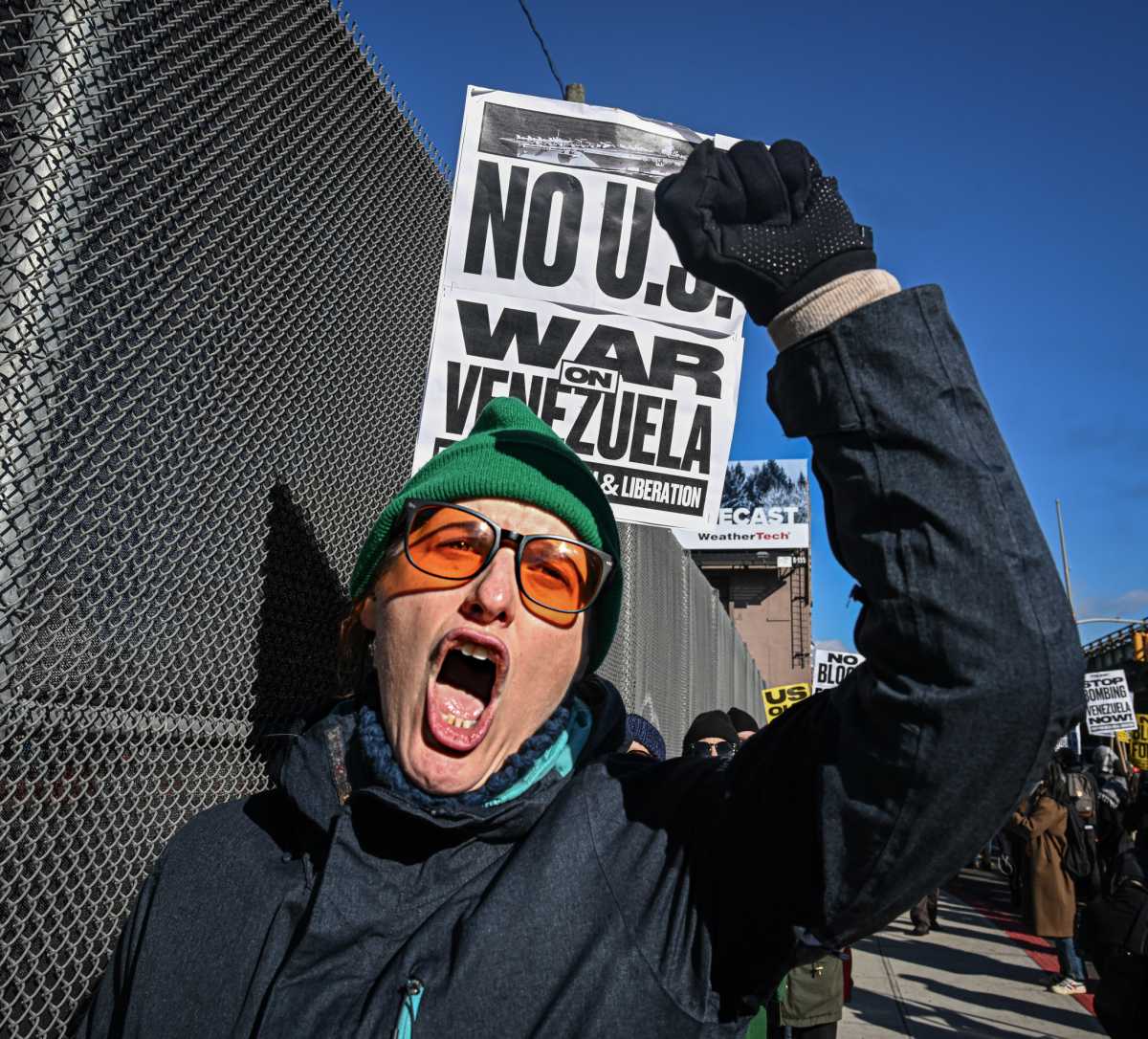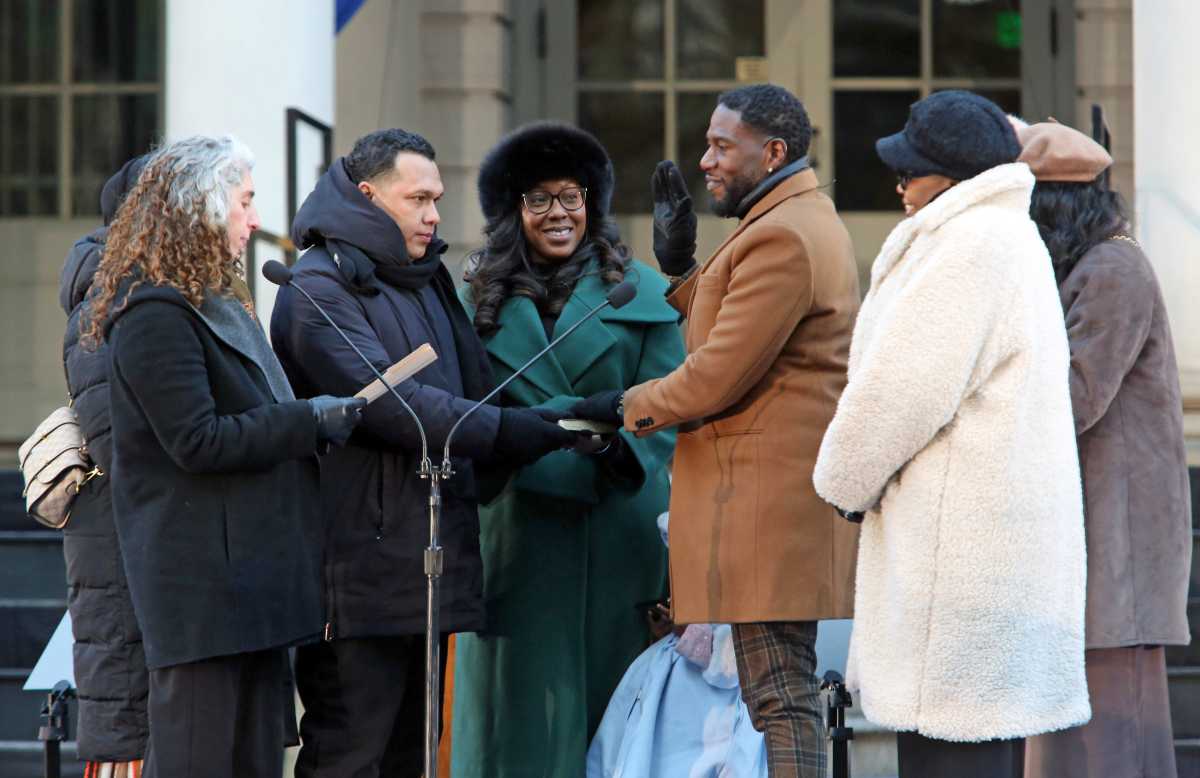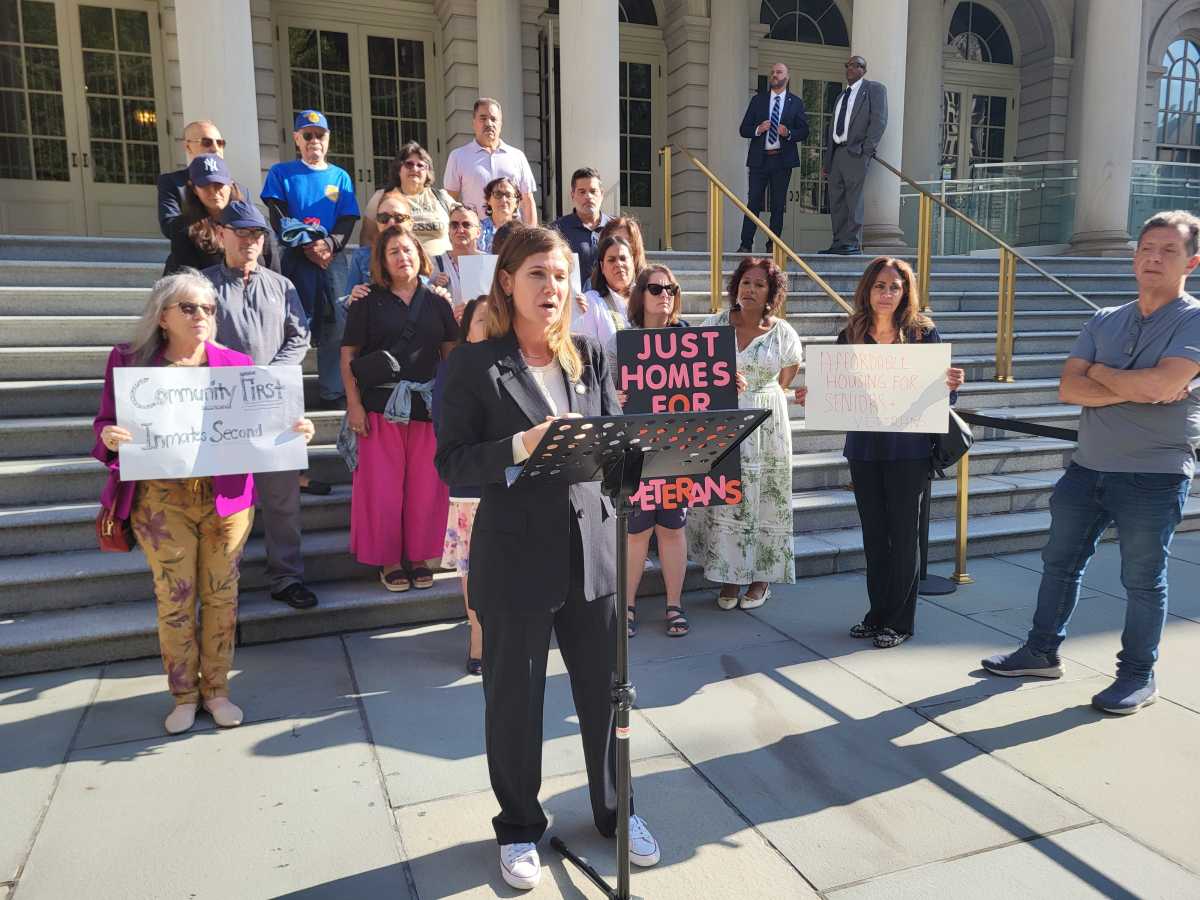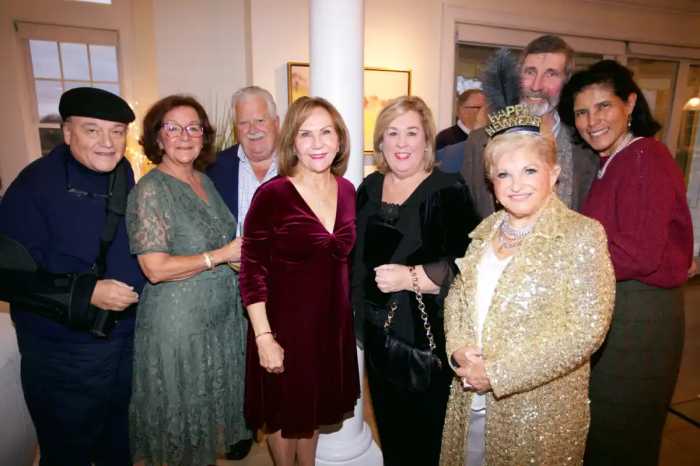As the Democratic primary campaign between incumbant State Sen. Jesse Hamilton and challenger Zellnor Myrie for Brooklyn’s 20th State Senate District moves into the final two weeks, KCP posed the following questions to the political gladiators:
Q: Many constituents in the 20th Senate district rely on public transportation. Additionally, part of the district is in more transit starved locations such as Brownsville and Sunset Park. As the MTA falls mainly under state jurisdiction, what type of legislation would you like to see to increase funding for much-needed transit repairs?
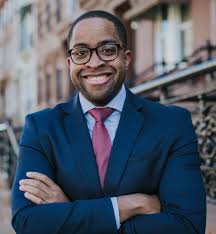
: “We need serious investment in the MTA to repair the archaic signal system and century-old tunnels. We also need additional investment to address the increasing delays on the NYC subway and the LIRR that prevent people from making it to work and school on time. Additionally, the transport deserts in the 20th district deserve our immediate attention. We need real investment in both Brownsville and Sunset Park to expand bus service and other modes of public transportation.
Q: As a related question, would you favor congestion pricing and/or tolling the East River Bridges to raise revenue for mass transit and why or why not?
Myrie: I believe funding for these projects should come from a combination of congestion pricing and a millionaires tax, not from increased fares.”
Q: Many constituents in the 20th Senate district rely on public transportation. Additionally, part of the district is in more transit starved locations such as Brownsville and Sunset Park. As the MTA falls mainly under state jurisdiction, what type of legislation would you like to see to increase funding for much needed transit repairs?
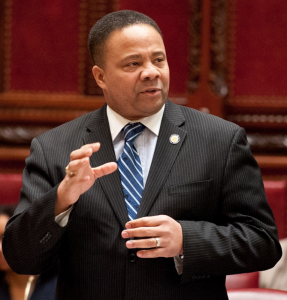
Hamilton: I believe we should put the commuter tax back on the agenda – the City’s Independent Budget Office (IBO) estimates that would have brought in $922 million in revenue in 2017. In addition, the IBO points to 2014 Census Bureau data, “among those working full-time in the city, the median earnings of commuters was $80,000, compared with $48,000 for city residents.” Commuters live outside the city, but still use essential New York City services. They should pay their fair share into upkeep, maintenance, and forward-looking investment in transit our region needs.
In addition to the revenue side, I believe we need to examine what steps we can take on the expenditure side to ensure taxpayers get the most out of our transportation investment. I favor Design-Build as a means to keep projects to acceptable timetables and budgets, to control congestion around major projects, and to minimize inconvenience to neighborhood residents around major projects. The legislature can help provide tools to make successes of major projects and major rehabilitations, and Design-Build serves as precisely the kind of common-sense solution we need.
Q: As a related question, would you favor congestion pricing and/or tolling the East River Bridges to raise revenue for mass transit and why or why not?
Hamilton: I am in favor of congestion pricing. A State panel reported congestion pricing could raise between $810 million and $1.1 billion each year. Congestion imposes significant costs on New Yorkers. A Partnership for New York City analysis puts that cost at $20 billion annually, adding together travel time costs, increased operating costs and revenue losses to industry, and excess fuel and vehicle operating costs. Their analysis says our metro area loses 113.3 million hours to traffic congestion. Congestion pricing would serve as an important tool in combating congestion and reducing the costs congestion imposes on New Yorkers. I oppose putting tolls on the East River bridges. Brooklyn residents rely on these bridges and a sensible congestion pricing plan can be formulated on a more targeted basis.
The primary is Sept. 13. The district includes Brownsville, Crown Heights, East Flatbush, Gowanus, Park Slope, Prospect Heights, Prospect Lefferts Gardens, South Slope, and Sunset Park.



